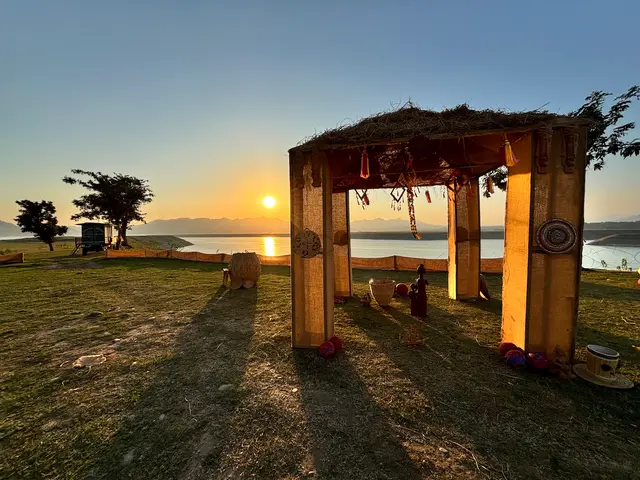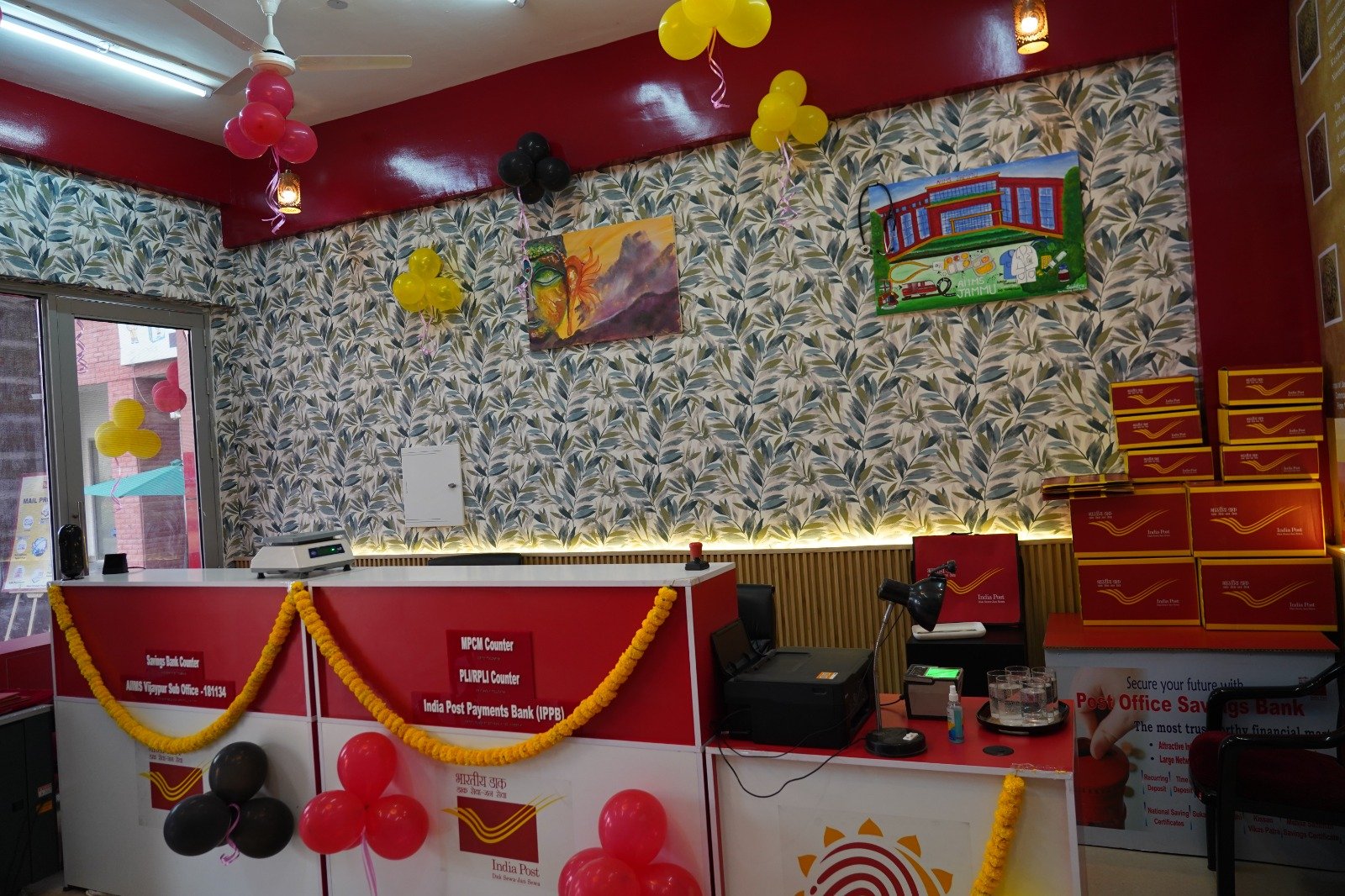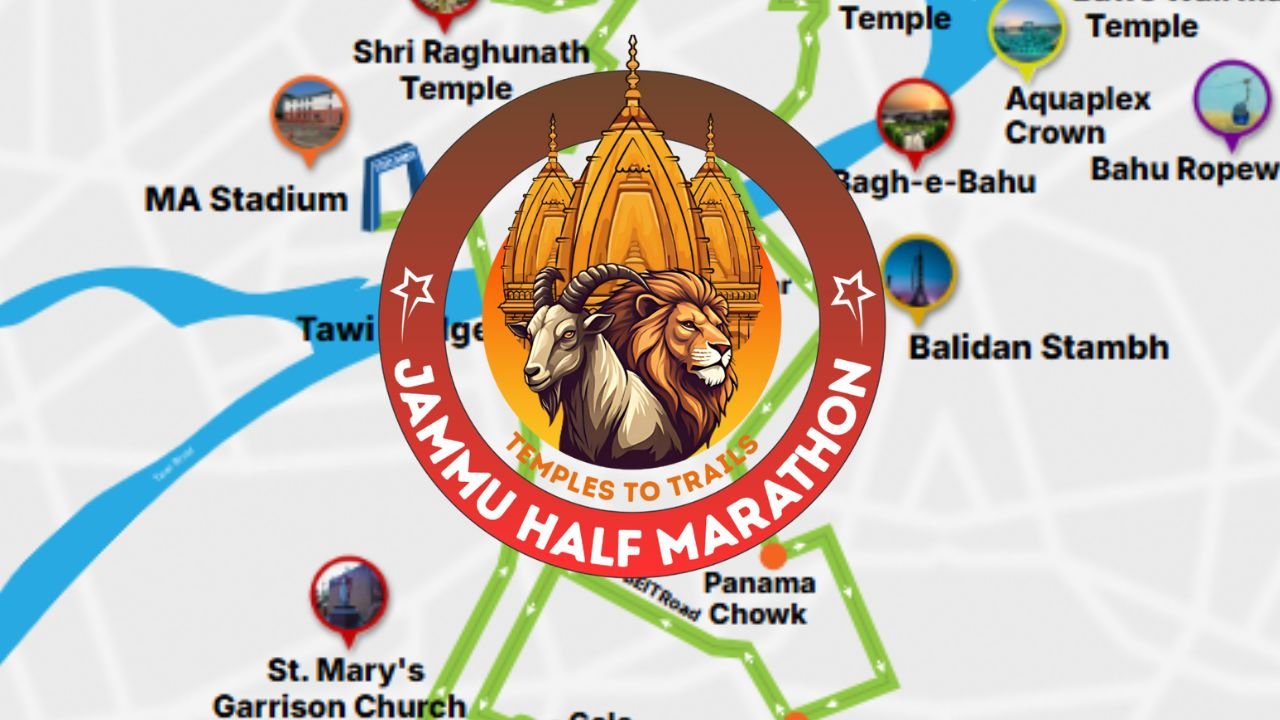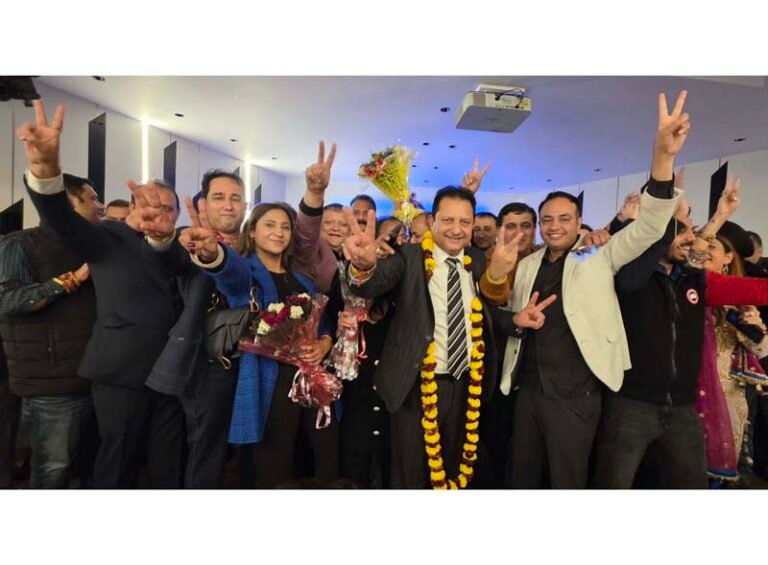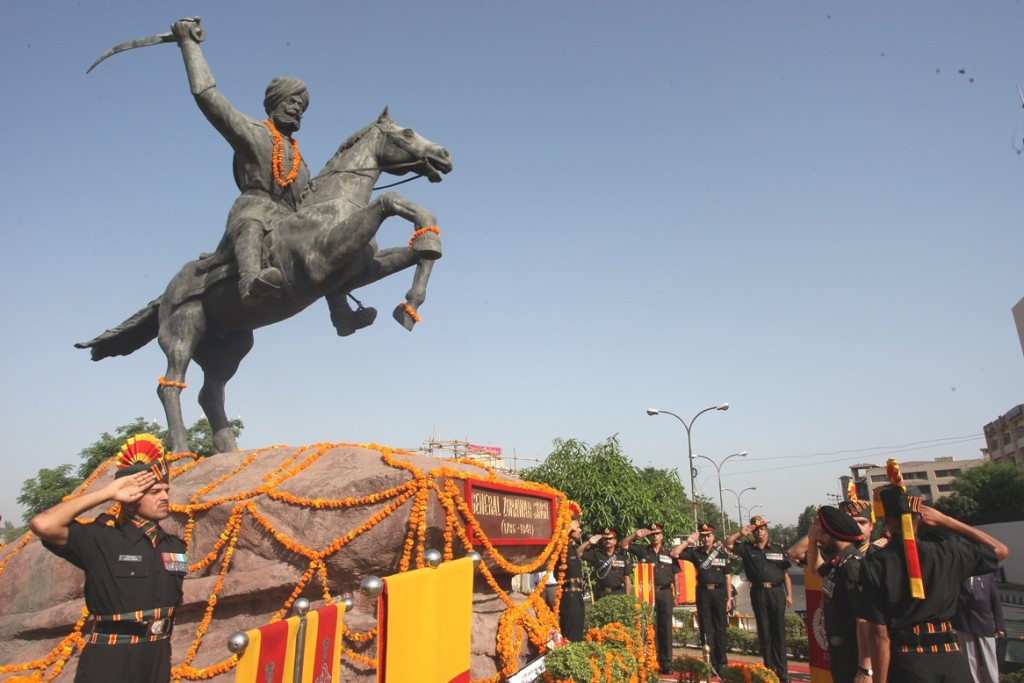Basohli, nestled in the Shivalik hills of Jammu and Kashmir, is far more than just a small town. It is a cradle of history, culture, and artistry that has endured for centuries. Known for its world-famous Basohli paintings, this region reflects an unparalleled heritage, blending mythology, art, and spirituality. Once a princely state, Basohli has witnessed the grandeur of kings, the strokes of master artists, and the soothing embrace of the Ravi River. Today, it stands at a crossroads—carrying the weight of its glorious past while seeking a path to revival.
The Untold History of Basohli
Basohli’s origins date back to the 9th century when King Rana Vishwapal established the principality. Over time, it evolved through the reigns of visionary rulers like Krishnapal, Bhupatpal, and Amritpal, each contributing to its cultural and artistic growth. By the 17th and 18th centuries, Basohli had become a flourishing capital celebrated for its miniature painting tradition.
Despite political upheavals, including invasions and annexations, Basohli retained its unique cultural identity. The town’s transformation—from a powerful capital to a modest village, and later to a semi-developed town—illustrates its resilience through changing times.
Read also: All About Basohli Pashmina Shawl and Muffler
The Cultural Heartbeat of Basohli
Basohli’s charm lies not just in its forts or palaces but in the deep cultural roots that continue to resonate. Folktales, spirituality, and the natural beauty of the Ravi River create an environment where art and tradition flourished. The vibrant color yellow, symbolic of wisdom and joy, is especially prominent in Basohli art and festivals.
Spiritual calm, combined with storytelling traditions, makes Basohli a unique cultural hub in Jammu and Kashmir. Even today, its legacy shines through its art and festivals, keeping its heritage alive.
Basohli Paintings: The Pride of Jammu
Basohli paintings are celebrated worldwide as one of the earliest and most distinctive schools of Pahari miniature art. Characterized by bold outlines, striking colors like ochre yellow, red, and emerald green, and intricate detailing, these artworks remain timeless masterpieces.

Themes and Inspirations
- Mythology and Epics – Stories from the Ramayana, Bhagavata Purana, and Krishna Leela dominate Basohli paintings.
- Love and Devotion – Shringara Rasa, or the essence of love, is depicted through heroines (nayikas) in various moods.
- Spiritual Symbolism – Paintings often carry layered meanings, merging devotion with artistic brilliance.
From Rasamanjari illustrations during Bhupatpal’s reign to masterpieces preserved in the Dogra Art Gallery in Jammu, Basohli paintings symbolize the fusion of creativity, devotion, and royal patronage.
Read also: Ramleela in Basohli: A Cultural Extravaganza in Jammu’s Hidden Gem
The Scenic Beauty of Basohli
Beyond its art, Basohli is blessed with natural beauty. Surrounded by lush green hills and the Ravi River, it offers breathtaking views. The Ranjit Sagar Dam and Purthu Lake add to the charm, making Basohli a serene retreat. Watching the sunrise paint the hills and reflect in the lake is a magical experience for visitors.
Modern Developments: Atal Setu and Revival Efforts
For years, Basohli remained hidden from mainstream tourism. However, the construction of the Atal Setu, a stunning cable-stayed bridge across the Ravi River, has transformed accessibility. Promised by Atal Bihari Vajpayee and completed under the leadership of Prime Minister Narendra Modi, this bridge symbolizes hope and revival for Basohli.
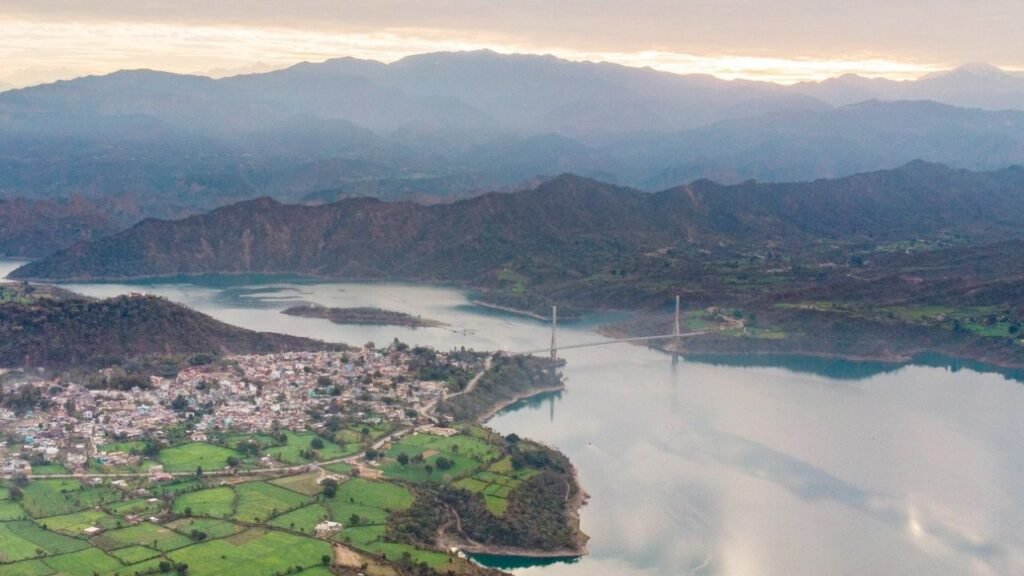
In 2023, Lieutenant Governor Manoj Sinha inaugurated the Basohli Festival, inspiring locals to restore the glory of their heritage. His words highlighted the importance of collective efforts to preserve Basohli’s treasures, calling them “priceless diamonds and pearls scattered here.”
Legacy of Rulers and Patronage
- King Krishnapal introduced Basohli to the Mughal court under Akbar’s reign.
- King Bhupatpal was a great patron of the arts, under whom miniature painting thrived.
- King Amritpal strengthened Basohli culturally by forging alliances with Jammu and Jasrota.
- King Kalyanpal oversaw the final royal era before Basohli was annexed into Jammu.
These rulers not only defended Basohli politically but also enriched it artistically, ensuring that its name remained etched in Indian cultural history.
Decline and Challenges
With changing political landscapes, invasions, and the decline of royal patronage, Basohli’s art and architecture began to fade. The once-grand forts now stand in ruins, stripped of their murals and awaiting restoration. The decline of princely states during colonial times further marginalized this heritage.
Basohli Paintings in Modern Times
Despite historical challenges, Basohli paintings have seen a revival. Art historians, collectors, and cultural institutions have taken steps to preserve surviving works and rekindle interest in this unique style. Exhibitions, research, and cultural festivals continue to celebrate Basohli art, ensuring its legacy remains alive for future generations.
Read also: Things to know about Basohli paintings
Tourism Potential of Basohli
Basohli holds immense potential to become a major tourist destination in Jammu and Kashmir. With attractions like:
- Atal Setu Bridge
- Ranjit Sagar Dam and Purthu Lake
- Historic Forts and Palaces
- Basohli Festival
The town is poised to attract both cultural enthusiasts and nature lovers. Its combination of history, art, and natural beauty makes it an undiscovered gem awaiting global recognition.
Basohli may no longer be a princely capital, but its cultural essence continues to inspire. From the timeless strokes of Basohli paintings to the natural beauty of the Ravi River, it reflects resilience, creativity, and heritage. With collective efforts, modern infrastructure, and renewed cultural pride, Basohli is on the verge of reclaiming its lost glory.
For travelers, historians, and art lovers, Basohli is not just a destination—it is an experience, a living canvas of history and imagination that deserves to be celebrated on the world stage.

